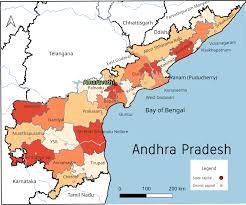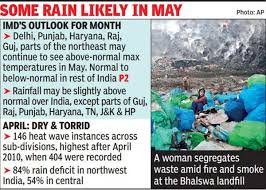Queensland vs Western Australia: A Comprehensive Comparison

Introduction
Queensland and Western Australia are two of Australia’s most significant states, each with its unique geographical features, economies, and cultures. Understanding the differences between these regions can provide insight into the diverse lifestyle and opportunities available across the country. Given their contrasting landscapes—from Queensland’s lush beaches to Western Australia’s vast deserts—this comparison is relevant for those considering travel, relocation, or investment opportunities.
Geographical Overview
Queensland, located in the northeastern part of Australia, is renowned for its stunning coastal areas, including the Great Barrier Reef, tropical rainforests, and sunny weather. The state capital, Brisbane, is a vibrant city known for its arts and culture. In contrast, Western Australia is the largest state in the country, occupying the entire western third of Australia. Perth, the state capital, is known for its beautiful beaches and isolation, being one of the most remote major cities in the world.
Economic Comparison
Economically, Queensland boasts a diverse range of industries, including tourism, agriculture, and mining. The state’s tourism sector thrives due to its natural attractions like the Gold Coast and the Whitsunday Islands, while agriculture focuses on sugarcane and beef production. On the other hand, Western Australia is rich in natural resources, with mining being its predominant economic driver. The state leads the country in iron ore production and is a major exporter of minerals, which significantly contributes to its economy.
Cultural Differences
Culturally, both states have rich Indigenous histories and vibrant contemporary scenes. Queensland celebrates its diverse communities through various festivals and events, while also emphasizing eco-tourism with attractions such as the Daintree Rainforest. Western Australia offers cultural experiences through its significant Indigenous heritage, and events like the Perth International Arts Festival showcase local and international talent.
Climate Variations
The climate in Queensland is typically tropical, with a warm and humid climate in the north and a more temperate climate to the south. This weather supports outdoor activities year-round. In contrast, Western Australia experiences a range of climates from Mediterranean in the southwest to arid further inland. This variation influences lifestyle choices, from agricultural practices to recreational activities.
Conclusion
In conclusion, Queensland and Western Australia offer distinct experiences shaped by their geography, economies, and cultures. For those considering travel or relocation, understanding these differences is crucial for making informed decisions. Whether one is drawn to Queensland’s tropical allure or Western Australia’s vast landscapes and resource-driven economy, both states provide unique opportunities and challenges for residents and visitors alike.








